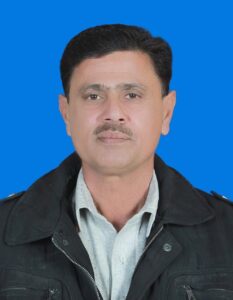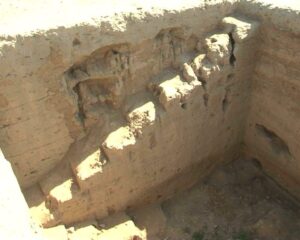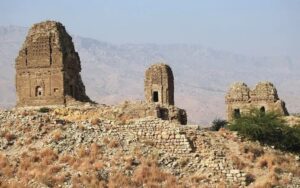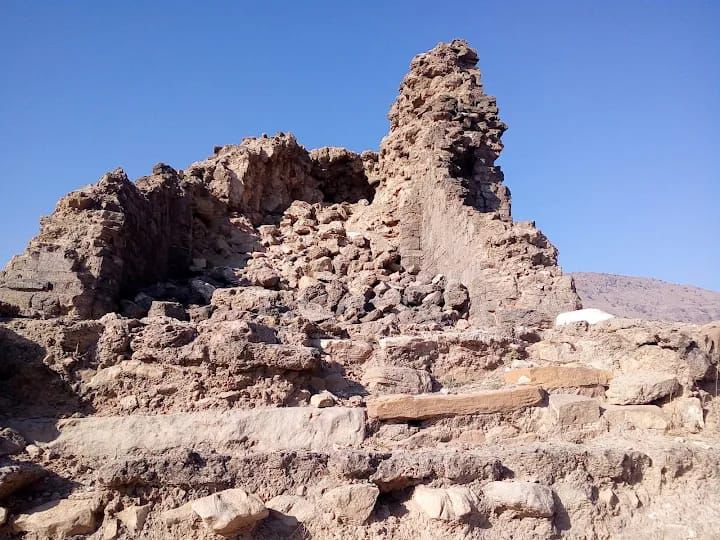By Muhammad Rehan

Dera Ismail Khan is more than just a district in southern Khyber Pakhtunkhwa it is a cradle of culture, history, and civilization. For thousands of years, human societies have thrived here, leaving behind relics that still testify to the greatness of this land.
Kafir Kot — Legacy of the Hindu Shahi Era
Perched in the hills of Dera Ismail Khan, Kafir Kot is a fort dating back to the Hindu Shahi empire (9th–11th century). Its strategic role in both religion and defense makes it historically significant. The site consists of two distinct parts:
•North Kafir Kot, near a natural spring.
•South Kafir Kot, located in Balut.
Legend speaks of Raja Bal and Raja Tal, brothers who built the original forts in the 1st century AD, later reconstructed in 822 AD. Today, these ruins offer a vivid glimpse into the region’s cultural diversity.
Rehman Dheri — Older Than Harappa
Within Dera Ismail Khan lies Rehman Dheri, one of the world’s earliest known urban settlements, inhabited between 3300 BC and 1900 BC — predating Harappa and Mohenjo Daro. Archaeological discoveries here include tools, seals, and pottery, revealing advanced planning, trade, and community life in prehistoric times.


Preservation Efforts
The Khyber Pakhtunkhwa Archaeology Department has now declared 35 historical sites, including Rehman Dheri, as protected heritage. Led locally by Rehman Khan Khattak and provincially by Dr. Abdul Samad, these initiatives aim to safeguard the region’s rare treasures while raising public awareness.
Town Hall Museum — A Cultural Hub
Thanks to the vision of Faisal Amin Khan, a new museum has been established in Town Hall to showcase over 5,000 years of Dera’s history. It will serve as both a cultural hub for residents and an attraction for tourists, offering a tangible connection to the region’s past.
A Shared Responsibility
The historical legacy of Dera Ismail Khan is not just an archaeological record — it is a vital part of our identity. Protecting it demands cooperation between government, institutions, and citizens. By preserving our past, we lay the foundation for an aware and dignified future.

